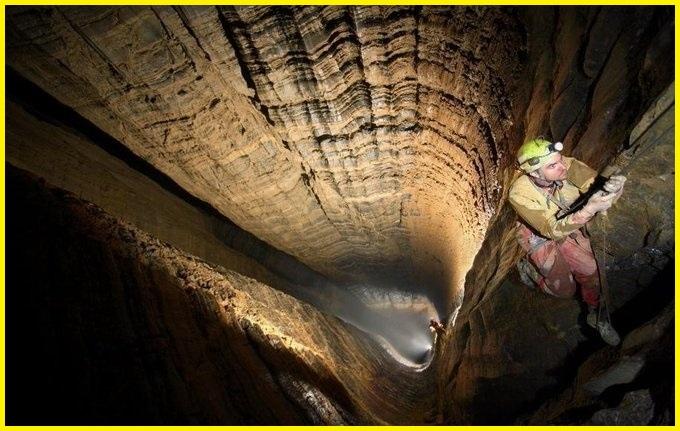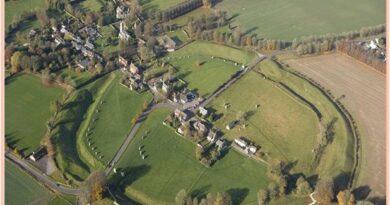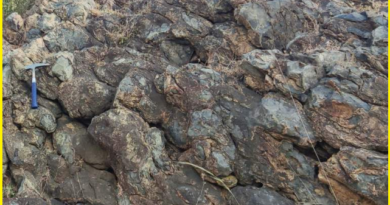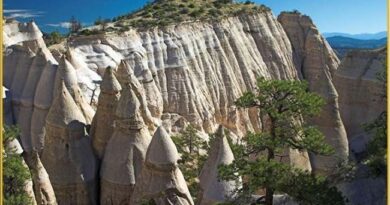Veryovkina Cave-The World Deepest Cave in Arabika Massif
Veryovkina Cave
The gorgeous mountainous landscape of the Russia-backed Georgian state Abkhazia is known for its deepest-known cave on Earth. The cave’s relatively small entrance with a seemingly endless configuration of craggy passageways that pierce deeper and deeper into the limestone of Earth’s crust. At 2,212 meters deep, It is located in the Arabika Massif in the Gagra Mountain Range of the Western Caucasus, on the pass between the Krepost and Zont mountains. The depth of the entrance shaft is 32 meters. Georgia, is home to all four of the deepest known caves in the world, including Krubera Cave, once the deepest and now second to Veryovkina Cave, which, at 2,205 meters down. When Veryovkina Cave was first documented in 1968, it was only 115 meters but since then, with continued expeditions, it has grown deeper and deeper.
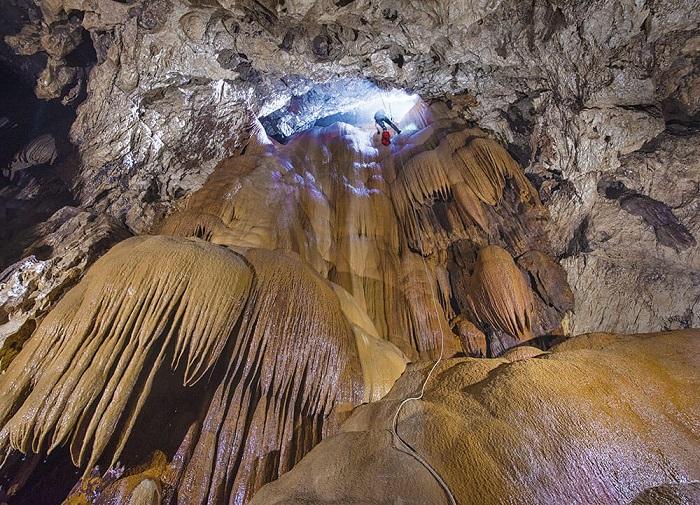
Geology of the region
Arabika Massif in the Greater Caucasus region is a limestone massif with more than 2 kilometers thick layers of Upper Jurassic and Lower Cretaceous limestone formation. This mountainous region is crisscrossed with caves including several of the world’s deepest known caves. There are a lot of caves in Arabika Massif to explore. The entrance to Veryovkina vertical cave system lies between two mountain-Fortress and Umbrell, in the Arabika Massif. This remote place is tough to access, and it took dozens of speleological expeditions and nearly 50 years for it to finally claim the record, in 2018, when members of Moscow-based speleological clubs reached its final depths.
The round trip from top to bottom and back takes professional speleologists about a week and is very risky. A team of speleologists almost drowned in a sudden flood that happened at the bottom of the camp. Despite the risks, the team and scientists keep working in the cave.
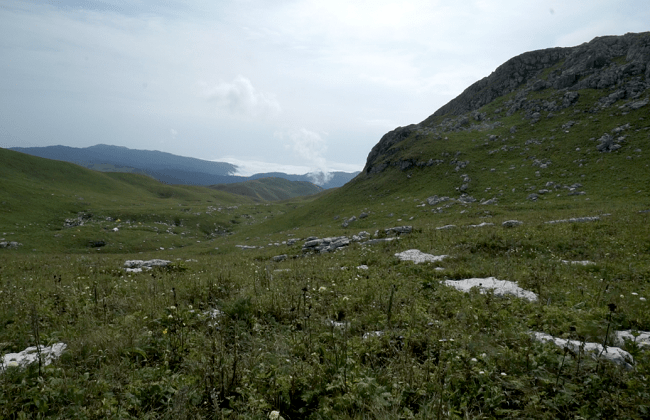
History of Veryovkina Cave
In 1983 speleologists from Moscow, entered the semi-forgotten cave and they noticed that a strong breeze is coming from a small fracture. they followed the fracture zone and speleologists reached a depth of 120 m and saw that cave extends further below. After much danger and some injuries in 1986, Speleologist reached a depth of 440 m. Veryovkina Cave, named after Alexander Veryovkin- a speleologist who died in 1983 in Su-Akan another Caucasian cave.
After 2000 the exploration of the cave was restarted by a team of Russian Speleologists in Arabika Massif. Cave was thoroughly mapped in 2015 and was found the entrance to the next abyss. In 2016 the cave was discovered at a depth of 1 350 m, and in February 2017 further discovered up to 1 832 m. After long years of hard and risky work speleologists reached the world-record depth of 2 204 m. with the discovery of a lake in 2018 on the bottom of the deepest shaft-thus adding 8.5 m and a cave achieving a depth of 2 212 m. Thus Veryovkina Cave’s deepest point is 2212 meters. The entrance of Veryovkina Cave is 2,285 meters above sea level. The entrance of the cave has a cross-section of 3 m × 4 m The Cave is a very dangerous and technically complex cave for explorers all around the world.
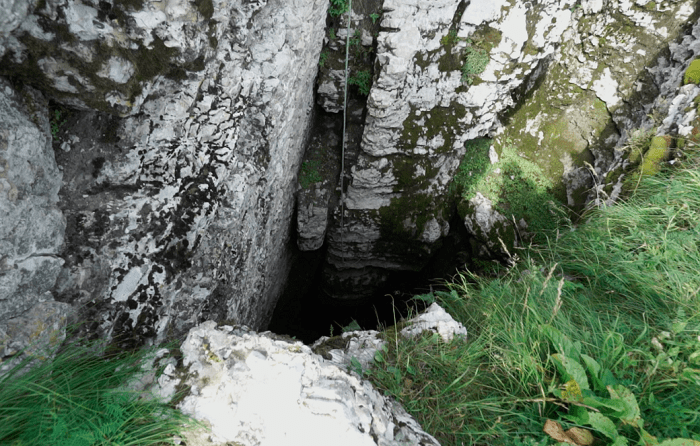
Flora and Fauna
This enormous cave is consist of 15 species of invertebrates but there, most likely, are more. Among these creatures is a leech belonging to the Dina genus-most likely an endemic species living only in the deepest caves of Arabika Massif. Also, other organisms include pseudoscorpions, amphipods, daddy longlegs, spiders, ticks, and centipedes-belong to very rare species that are found only in some nearby caves.
Some species are unique to Veryovkina Cave. A shrimp Xiphocaridinella Demidovi is new to science and found only in this cave, exactly in the deepest place of the cave- in the Last Camp of Nemo lake. This species is named after Pavel Demidov, a researcher of Veryovkina Cave who died in 2020 in another cave nearby. This is a tragic reminder of the extreme nature of these dangerous caves.
Read more- A Mystical Place in Morocco-The Hassan Tower
Veryovkina Cave Map
A map of Veryovkina Cave on WonderMondo shows how the cave wasn’t explored all at once but in stages. The first expedition in 1968 reached the Krasnoyarsk Branch, about 115 meters down.
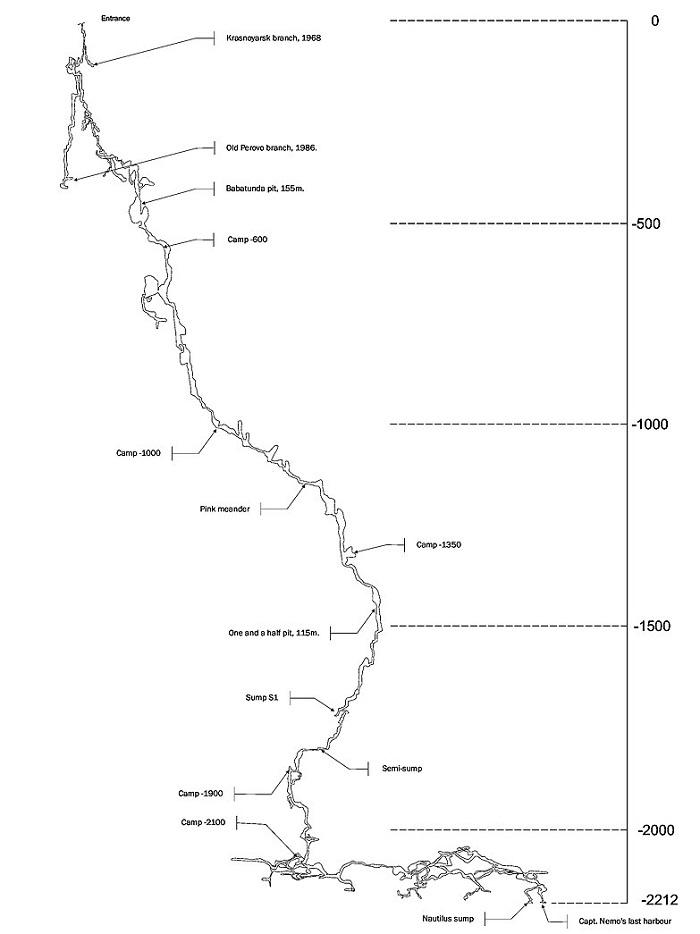
Veryovkina Cave Flood
The first major flooding incident in Veryovkina Cave came in 2018. It was so horrific and disastrous that it nearly spelled catastrophe for an entire expedition, including photographer Robbie Shone. In 2018 Shone and his assistant, Jeff Wade joined the Russian expedition team that had made their world-record descent to the bottom of Veryovkina that March. They are looking for species and checking out some crevasses that might lead to further horizontal passages.

One morning, disaster struck. While the team of cavers was sitting and eating breakfast. In the cave’s deepest, sandy, flat-bottomed camp, the cavern started shaking as though an earthquake had hit. The most enormous torrent of white water appeared out of all the holes and started flooding the cave. The Veryovkina Cave incident is more tragic in terms of the death of many scientists and speleologists during the expedition of caves.
Tourist attractions near the Caves
Krubera Cave is located on Berchil Range. The Krubera Abyss is the second-deepest-known cave on Earth after the Veryovkina Cave. It is also located in Abkhazia. The cave was discovered in 1960 and is named after the famous Russian geographer Alexander Kruber, who explored the mountains of the Western Caucasus in the early 20th century. Krubera Cave is a mystical sight with a vertical, very deep, gabled entrance that is possible only with the help of special equipment. The Cave is a sub-vertical type of cave consist stalactites and stalagmites karst features. There are many streams of water and small lakes in the cave. The River Reprua is fed by the waters of the Krubera Abyss.
Gega Waterfall is located in Abkhazia on the right tributary of the river Bzyb-Gega, about 530 meters above sea level. The height of the waterfall is 70 meters. The Gega River occurs in a karst fissure, and after passing through the underground corridors, it flows out of the middle of the rock and creates an impressive sight. The Gega Waterfall and surrounding rock attract many nature and travel enthusiasts with its exoticism and beauty. Gega cave is located near Gega Waterfall, where beautiful cave formations such as stalactites, stalagmites, karst columns, drapery formations, and thick layers of travertine are found.
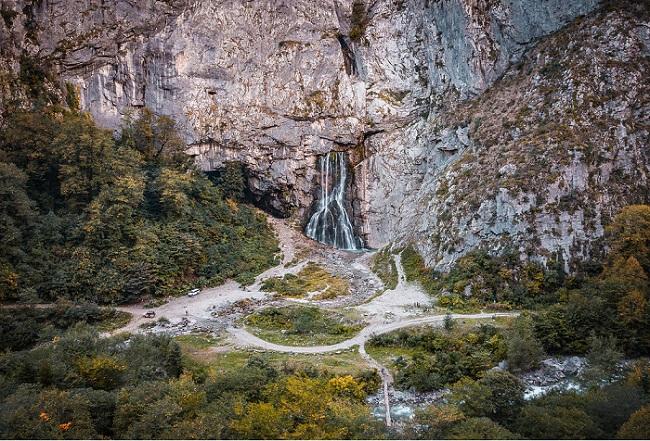
Lake Ritsa is located in the basin of the river Bzyb, at 884 meters above sea level. The blue lake surrounded by mixed forested mountains creates a beautiful sight and makes a great destination for visitors. The lake basin is formed by a Landslide and mass wasting from the south-eastern slope of the Gagra Range. It is the deepest lake in the Caucasus with a maximum depth of 101 meters. It is joined by 6 rivers, the largest one is Lashifse. The river Iupshara flows from the lake. In 1946, the Ritsa Strict Nature Reserve was established to protect the nature of the lake and its surroundings.
How to get into Veryovkina Cave
Abkhazia is the extreme southwestern historical province of Georgia. The area of the Autonomous Republic of Abkhazia is currently occupied by Russia. Before you can head out to Abkhazia from Georgia, you have to get an entry permit from the Abkhazian government. One can easily take a train to a border city named Zugdidi from Tbilisi station. The Tbilisi International Airport is located 17 kilometers from Georgia. Georgia is reachable by all major domestic and international airports.
